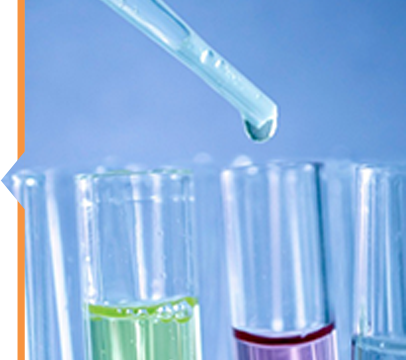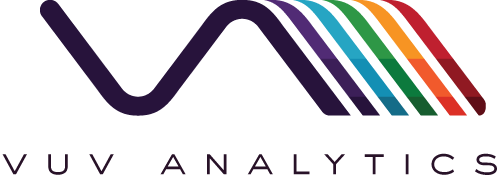Specialty Chemicals
Chemical compounds and their precursors can be unambiguously identified and quantitated by VUV spectroscopy. Solvents, water, and other analytes can be characterized in the same run, saving time and analysis complexity.
Known advantages of VUV Spectroscopy
- Provides both qualitative and quantitative characterization of target compounds along with their precursors and contaminants
- The capability of characterizing isomeric impurities without need for chromatographic baseline resolution
- Software deconvolution of analyte co-elution allows short GC chromatographic compression
- Intuitive data processing workflow and software automation remove analytical complexity
- Robust instrumentation with minimal maintenance needs
- Easy to understand analysis by Beer-Lambert Law (same principle used in UV-Vis spectroscopy)

